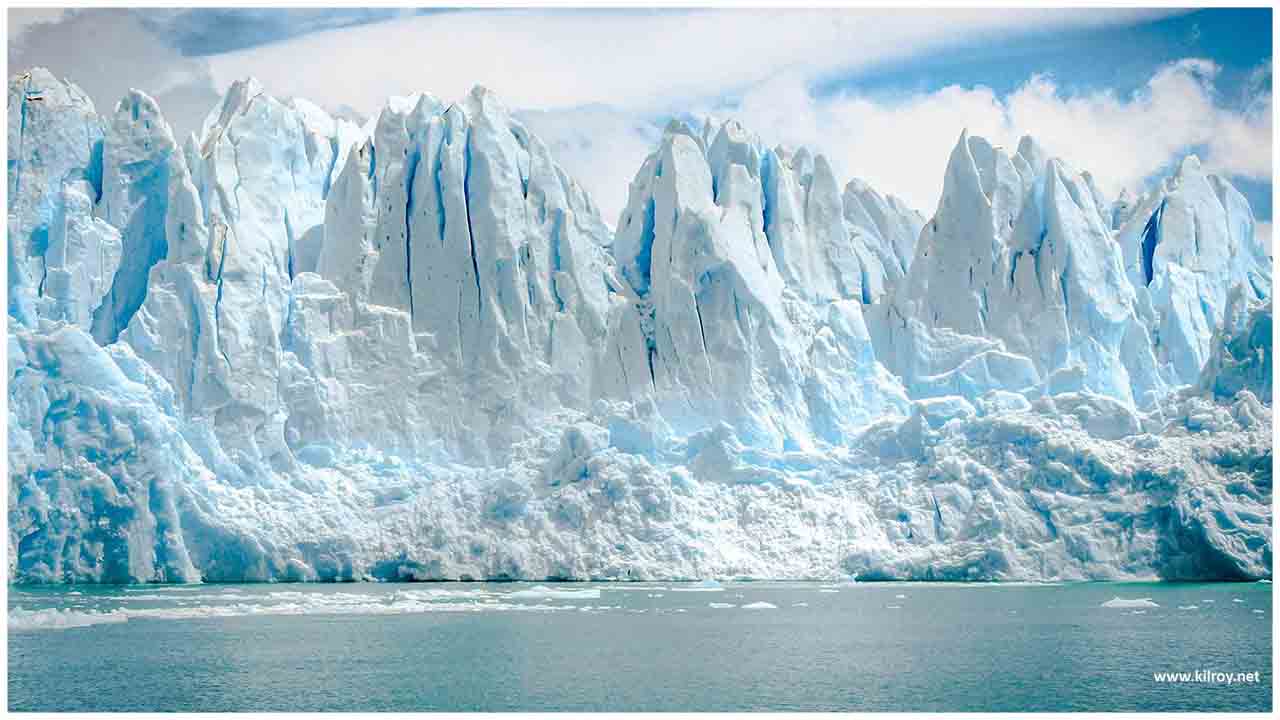Raising Earth's average surface temperature another degree Celsius will lock in 2.5 meters of sea-level rise from Antarctica alone and an extra three degrees see the frozen continent lift oceans 6.5 meters, scientists warned Wednesday.
These devastating increases in the global waterline -- enough to cripple coastal cities from Mumbai to Miami and displace hundreds of millions of people -- would unfold over hundreds to thousands of years.
But the man-made greenhouse gas emissions that could guarantee such an outcome are on track to occur on a timescale measured in decades, they reported in the journal Nature.
One of the study's most alarming conclusions is that hikes in sea level caused by a disintegrating Antarctic ice sheet -- which holds enough frozen water to boost oceans 58 meters -- would become dramatically larger with each additional degree of warming.
Sea level rise, for example, would average about 1.3 meters (four feet) for each of the first two degrees above pre-industrial levels.
Earth's average surface temperature has already gone up one degree since the late 19th century, enough to enhance the severity of deadly heatwaves, droughts, and tropical cyclones.
But from 2C to 6C above that benchmark, the increase in sea level would double to 2.4 meters per degree of warming.
At the upper end of that range, climate change would devastate civilization and redraw the map of the world's coastlines, scientists say.
Beyond that, each added degree would result in 10 more meters, pushing the entire ice sheet past the point of no return and lifting oceans to levels not seen for millions of years.
"In the end, it is our burning of coal and oil that determines if and when critical temperature thresholds in Antarctica are crossed," co-author Anders Levermann, a climate scientist at the Potsdam Institute for Climate Impact Research, said in a statement.
An 'existential threat'
"And even if the ice loss happens on long time scales, the respective carbon dioxide levels can already be reached shortly."
The ice sheet atop West Antarctica will be the first to go, eroded not so much by warm air but rather warm seawater seeping below the underbelly of glaciers and eroding their ocean-facing edges, known as ice shelves.
"That makes glaciers the size of Florida slide into the ocean," noted co-author Torsten Albrecht, also a researcher at the Potsdam Institute.
Once global warming crosses the 6C threshold, the dynamic changes.
"As the gigantic mountains of ice" -- up to five kilometers thick -- "slowly sink to lower heights where the air is warmer, this leads to more melt at the ice surface," Albrecht added.
This process has already created raging rivers of meltwater on the Greenland ice sheet, which saw a net loss of more than half-a-trillion tonnes in mass last year alone.
"This very important and timely study makes clear the urgent need to stabilize surface temperature rise in line with Paris Agreement targets to limit the total committed sea-level rise to a few meters," said Matt Palmer, a UK Met Office sea level rise scientist who did not take part in the research.
The 2015 treaty enjoins nations to cap global warming at "well below" 2C, and 1.5C if possible.
Even a 2C world "represents an existential threat to entire nation-states," Jonathan Bamber, a glaciology professor at the University of Bristol, told the Science Media Centre, commenting on the study.
We're looking at removing nations from the map -- it doesn't get much more serious than that."

 One of the study's most alarming conclusions is that hikes in sea level caused by a disintegrating Antarctic ice sheet -- which holds enough frozen water to boost oceans 58 metres
One of the study's most alarming conclusions is that hikes in sea level caused by a disintegrating Antarctic ice sheet -- which holds enough frozen water to boost oceans 58 metres 









.jpeg)



















.jpg)
.jpeg)